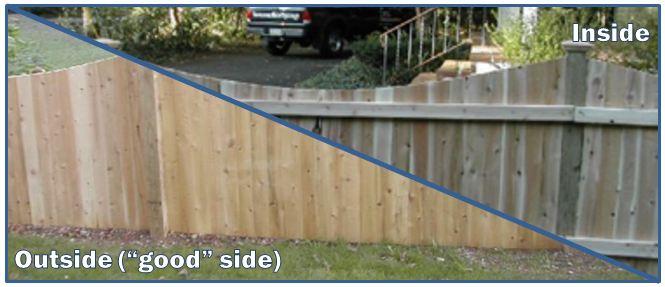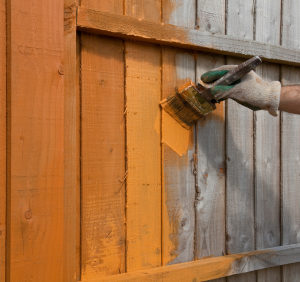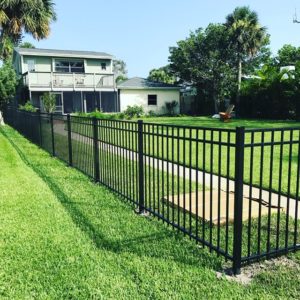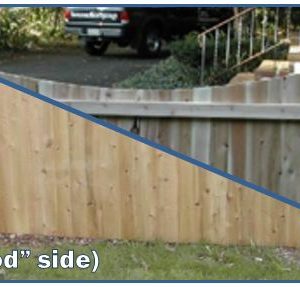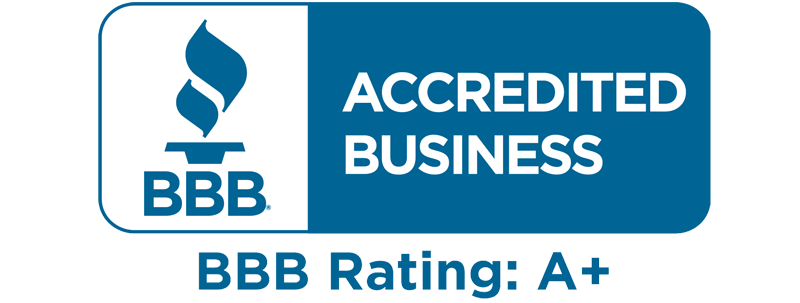When you get a new fence, you can’t just think about yourself—you have to consider your surrounding neighbors. If the type of fence you want is permitted in your neighborhood, you may feel you have the green light to install it. However, your fence may be in your yard, but your neighbors are still going to see it every day from their yards or windows. There are a few rules of fence etiquette you should keep in mind before you go forward with the installation.
Make sure your property lines are defined
Do you know where your property begins and ends—and are you really sure about that? It’s a good idea to check your house’s plat, which is a drawing that maps out your land. If you’ve lost this document, you may be able to get it free from your county’s records office. You can also hire a land surveyor to clarify the borders of your property. Additionally, a surveyor can place stakes along the boundary, giving you a clearer idea of exactly where your fence can go.
Talk to your neighbor
Provided your fence is definitely within your property lines and complies with neighborhood regulations, you may not actually be required to talk to your neighbors about it. Still, it’s common courtesy to ask—and it could save you future legal trouble if it turns out your neighbor wants to dispute your fence. Besides, if it’s going to be a divider between your yards, that could actually be something your neighbor is considering, too! You might find that you and your neighbor can collaborate on the project—and split the cost.
Face the finished side of the fence toward your neighbor

Certain kinds of fences have a finished side or a “good” side that looks smoother and more polished than the side with the rails and posts showing. In particular, the solid panel fences often used for privacy are generally constructed like this. The finished side should face toward your neighbor. Not only is this more polite, but it’s the standard. Your property will look a lot nicer with the “good” side facing the outside world. Otherwise, your fence will look like it was installed backward.
However, many other types of fences look identical on both sides, and they’re often called “good neighbor fences” for this reason. You can install a double-sided privacy fence if you don’t like the way the inside of a fence looks. Double-sided fences are created with “sandwich construction,” which also makes them stronger.
Continually maintain your fence
Of course, you want your fence to look the best it can—you don’t want the paint to fade or chip, you want to keep your fence clean, and you don’t want your wood to rot. However, this really isn’t only for your own benefit—if your fence becomes an eyesore, your surrounding neighbors won’t be very happy. It could even affect their property value if they decide to sell. Only get a fence that you can keep looking great. If you can’t handle the maintenance for a wood fence, you should consider a lower-maintenance material like vinyl or aluminum. A darker colored fence will also show less dirt than a lighter one and not need to be cleaned as often.
If you follow these guidelines for fence etiquette, you’ll ultimately deal with a lot less stress and will find it easier to enjoy having a fence. Communicate with your immediate neighbors as you work on the project—don’t let it be an unpleasant surprise. You may discover that you’re surprised by how eager your neighbors are to cooperate and help you out.


